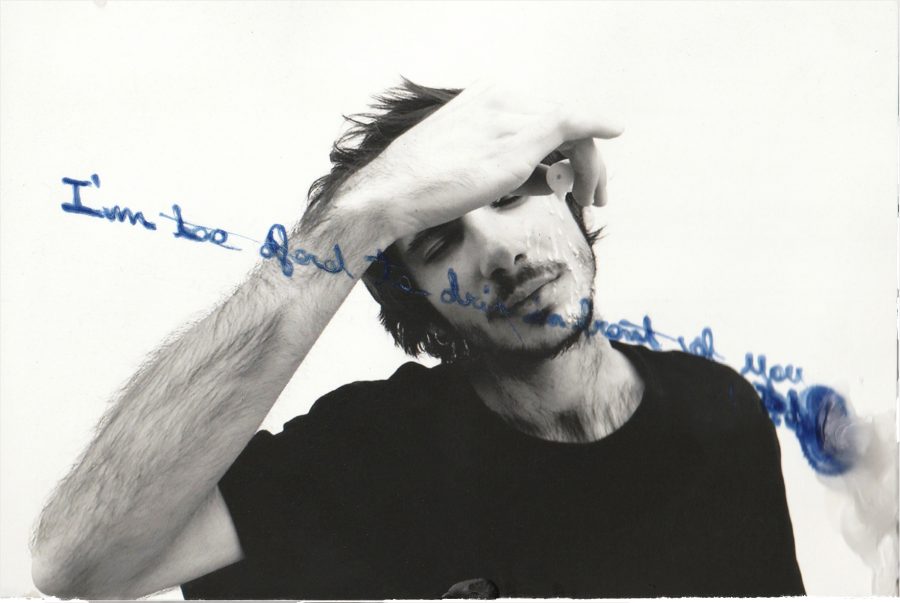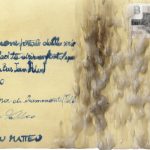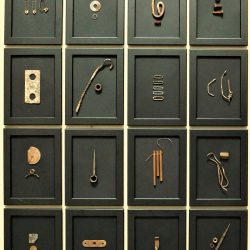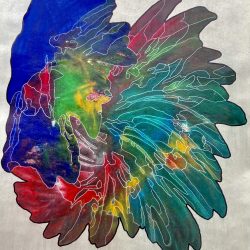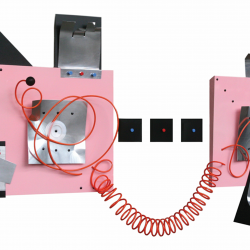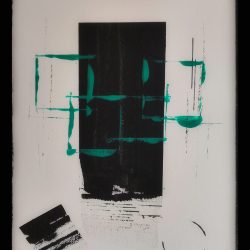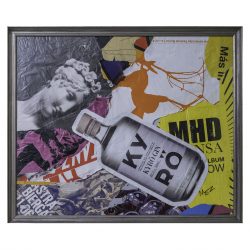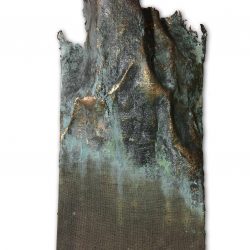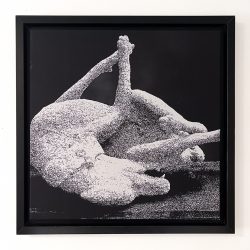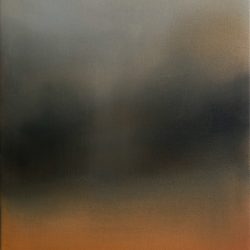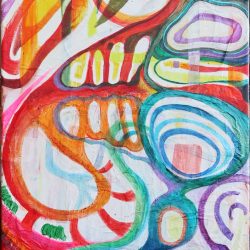work
I’m Too Glad To Drip In Front Of You
| category | Photography |
| subject | Abstract, Political / Social |
| tags | #performance #mailart #conceptualart |
| base | 10 cm |
| height | 15 cm |
| depth | 0 cm |
| year | 2020 |
The action originates from a questioning of the cathartic-evocative power, susceptible to empathic reflection, attributable to the minimal, intimate and daily gesture of tearing, if it is placed on the level of visual (re)presentation.
An emotional reflection, the origin of which is denied in the intermediate work “I’m too sad to tell you” - created in 1970 by the Dutch conceptual artist Bas Jan Ader.
The same practice of disappearance can affect the act in question when not only the cause is removed, but also its very physiological manifestation, which becomes a symptom of an attempt to recover in extremis a semantic stratification with essentially late-Romantic connotations and linked to the heroic acceptance of a form of universal sentimentalism. A sentimentalism that is antithetically opposed to the most recent conceptual practices and to the same echo of the Dadaist mockery (only at a first superficial glance comparable to Ader’s interventions) from which they still move, but which, set within this particular historical moment in which we are led to a radical, albeit silent, redefinition of the dynamics underlying the existence of
the individual as well as the relationship, is more topical than ever.
This form of expression is then replaced by the material and physical-concrete stratification, as well as conceptual, given by the dripping of wax, configured as the first element of artistic and existential projection within my research, generated by a further performative component (equally) essential and necessary to initiate the process of burning a candle and its crystallisation above my eyes).
The performance, as was previously the case for the pioneering intervention from which it takes its cue, is in turn crystallised in the space-time of the photographic shot, which thus becomes a document on the basis of which to initiate a practice of emotional (as well as poetic) transcription that is totally free and cathartic.
In the fragments now stratified on my own face, the latter finds concrete expression, and on their Per(e)sistenza within the social and cultural context in which we currently live he bases a research that finds correspondence in the marginal creative act.
The latter is identified here in turn in the tracing of new existential geographies, perhaps the same ones that the author of “In search of the miraculous” had tried to cover in 1975, and which are translated into as many hypotheses of the future based on the use of artistic material by post.
In this case we are dealing with a photographic print documenting the key and most explicative moment of the work, adopted for the creation of an artist’s postcard on which are written (both front and back) the acronym that conceptually encloses my entire production - Per(e)sistenza di frammenti (P.d.f.) to be accurate - as well as the further use of plastik wax in order to seal inside the fragment constituting the work the state stamp that guarantees its sp(ed)arizione.
Mail and performance art work.
Artist postcard (photographic print adapted to the back of a commercial postcard, ink, stamp affixed by wax dripping and postage).
Single piece.
An emotional reflection, the origin of which is denied in the intermediate work “I’m too sad to tell you” - created in 1970 by the Dutch conceptual artist Bas Jan Ader.
The same practice of disappearance can affect the act in question when not only the cause is removed, but also its very physiological manifestation, which becomes a symptom of an attempt to recover in extremis a semantic stratification with essentially late-Romantic connotations and linked to the heroic acceptance of a form of universal sentimentalism. A sentimentalism that is antithetically opposed to the most recent conceptual practices and to the same echo of the Dadaist mockery (only at a first superficial glance comparable to Ader’s interventions) from which they still move, but which, set within this particular historical moment in which we are led to a radical, albeit silent, redefinition of the dynamics underlying the existence of
the individual as well as the relationship, is more topical than ever.
This form of expression is then replaced by the material and physical-concrete stratification, as well as conceptual, given by the dripping of wax, configured as the first element of artistic and existential projection within my research, generated by a further performative component (equally) essential and necessary to initiate the process of burning a candle and its crystallisation above my eyes).
The performance, as was previously the case for the pioneering intervention from which it takes its cue, is in turn crystallised in the space-time of the photographic shot, which thus becomes a document on the basis of which to initiate a practice of emotional (as well as poetic) transcription that is totally free and cathartic.
In the fragments now stratified on my own face, the latter finds concrete expression, and on their Per(e)sistenza within the social and cultural context in which we currently live he bases a research that finds correspondence in the marginal creative act.
The latter is identified here in turn in the tracing of new existential geographies, perhaps the same ones that the author of “In search of the miraculous” had tried to cover in 1975, and which are translated into as many hypotheses of the future based on the use of artistic material by post.
In this case we are dealing with a photographic print documenting the key and most explicative moment of the work, adopted for the creation of an artist’s postcard on which are written (both front and back) the acronym that conceptually encloses my entire production - Per(e)sistenza di frammenti (P.d.f.) to be accurate - as well as the further use of plastik wax in order to seal inside the fragment constituting the work the state stamp that guarantees its sp(ed)arizione.
Mail and performance art work.
Artist postcard (photographic print adapted to the back of a commercial postcard, ink, stamp affixed by wax dripping and postage).
Single piece.



